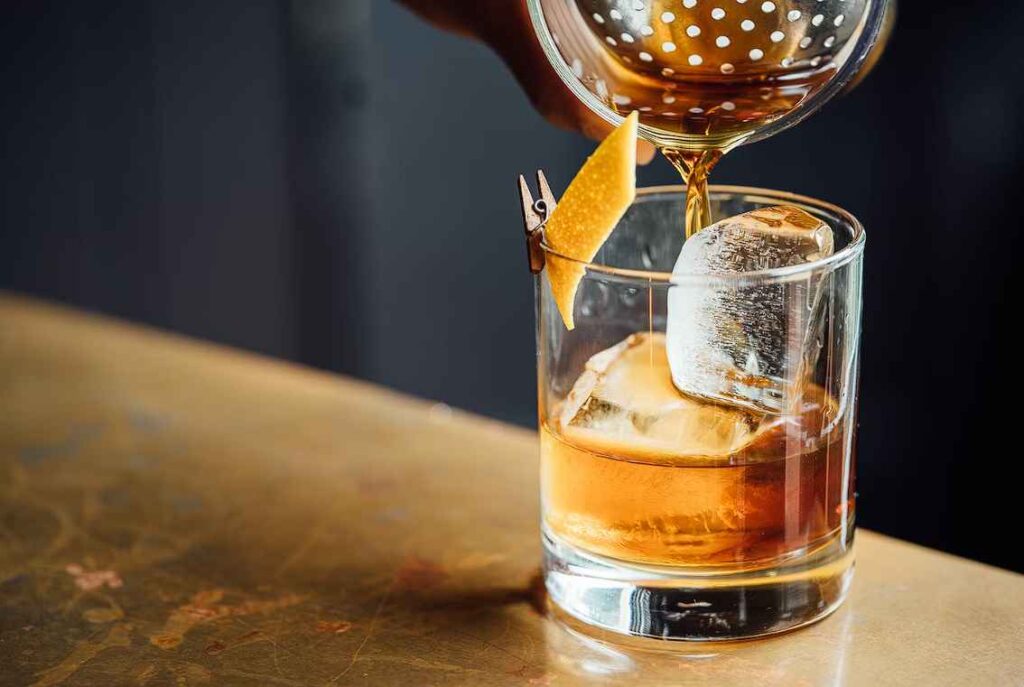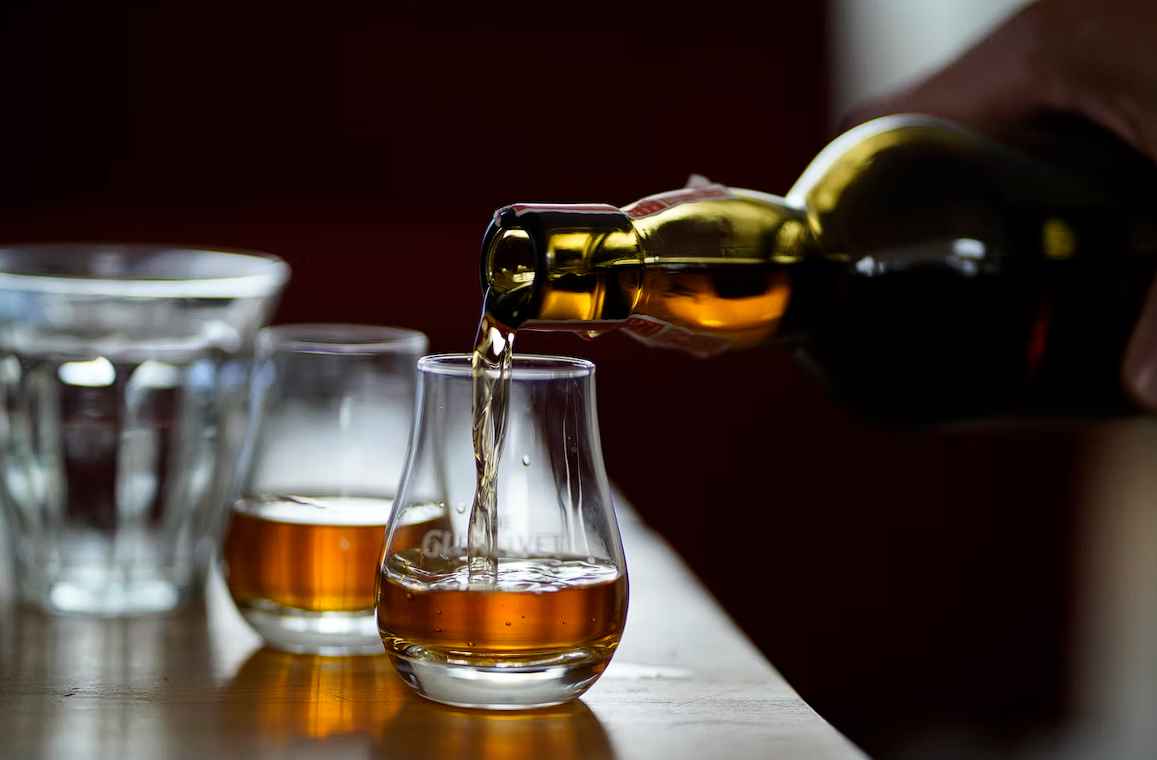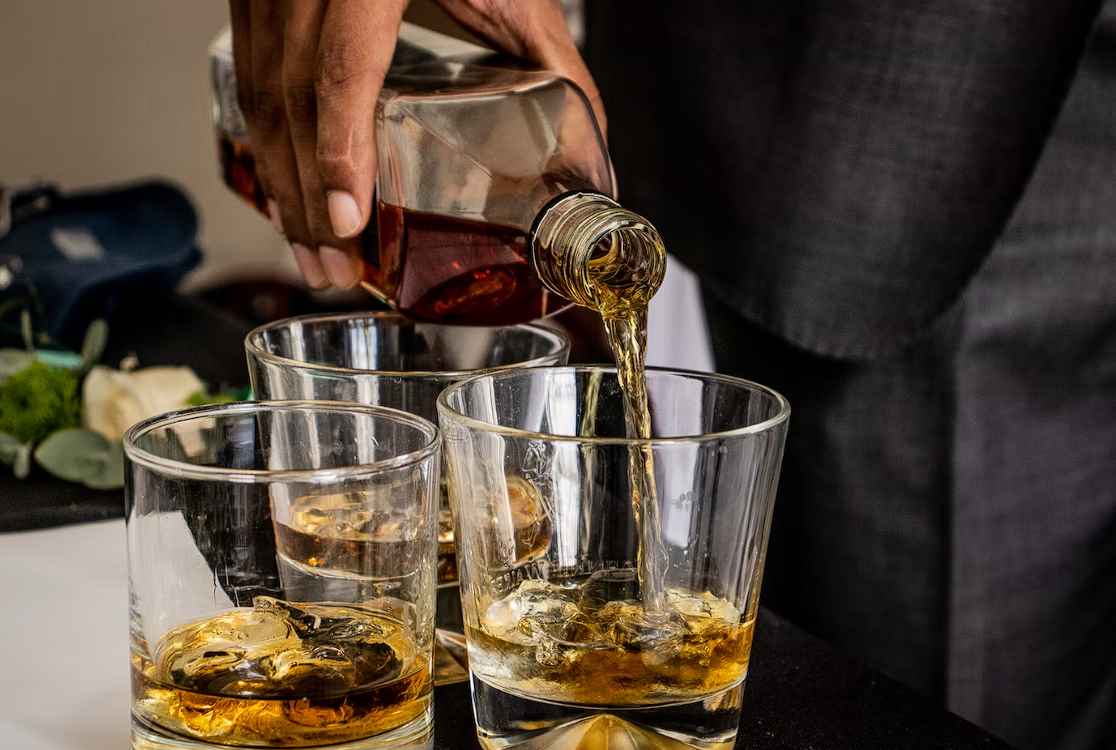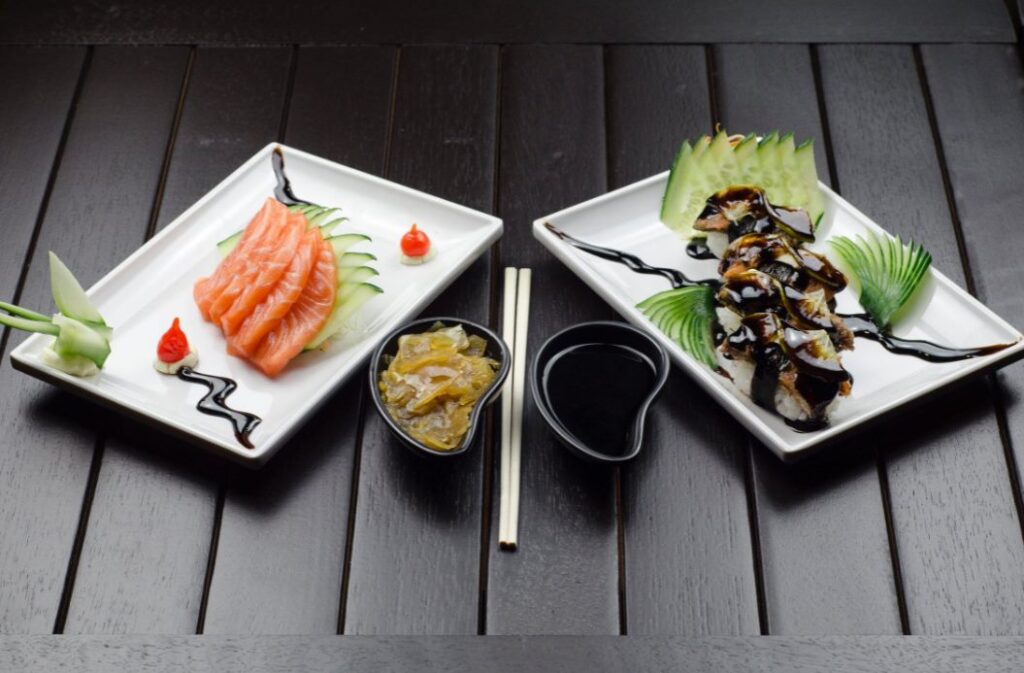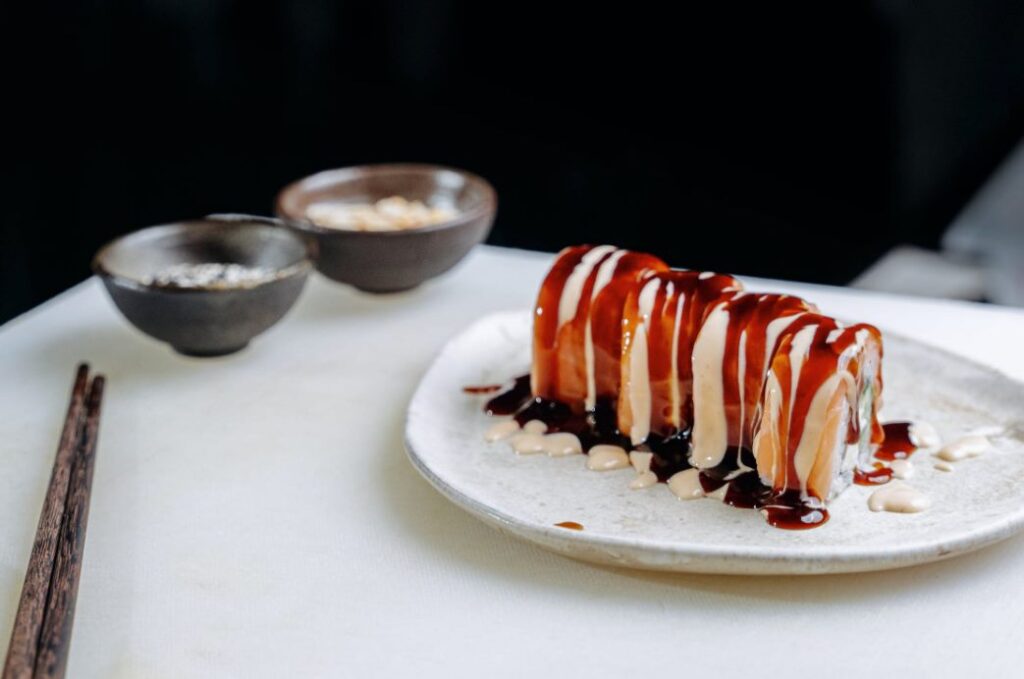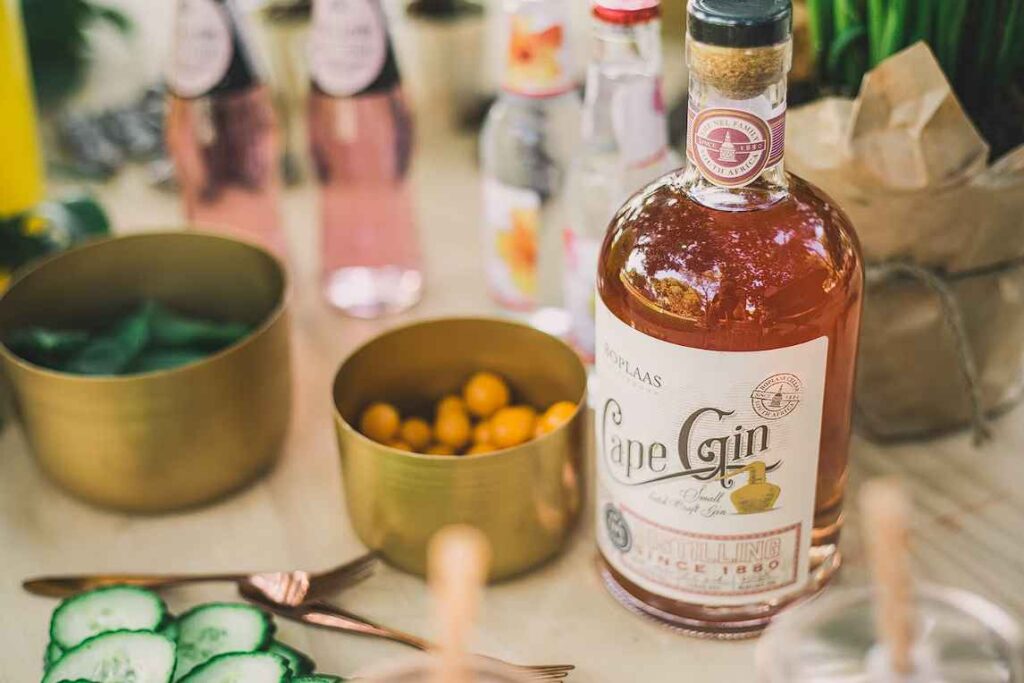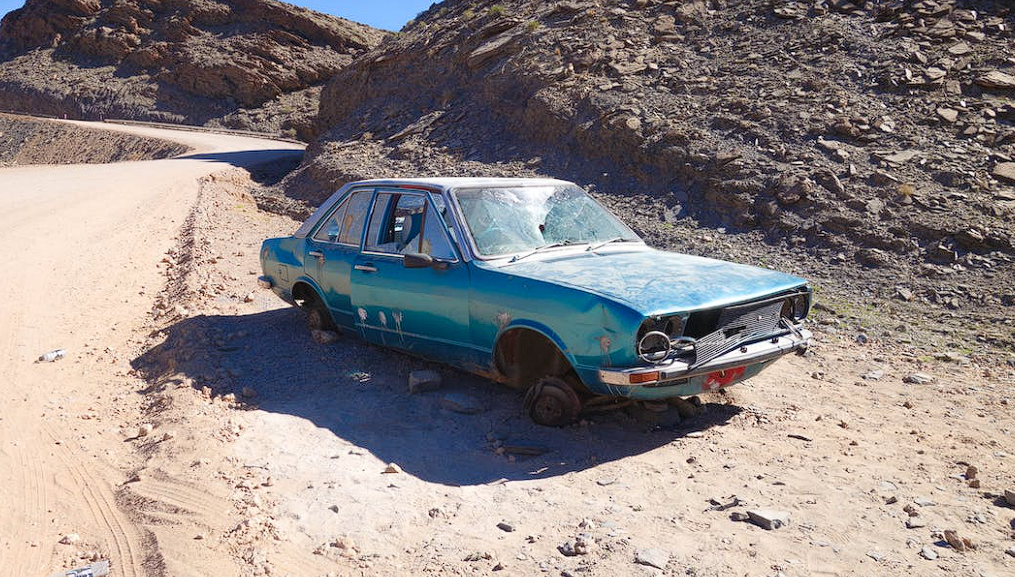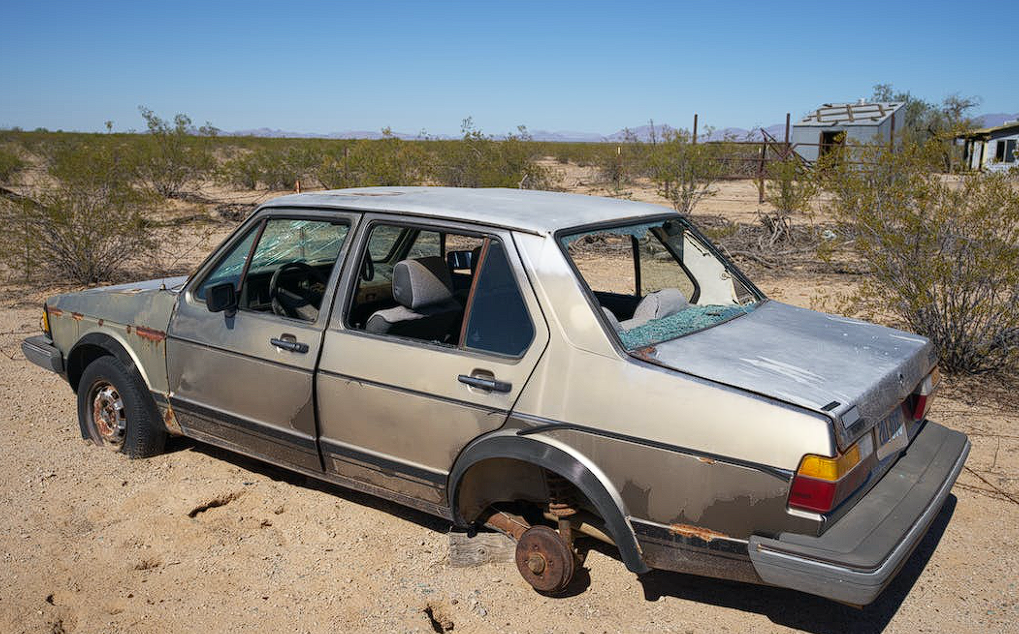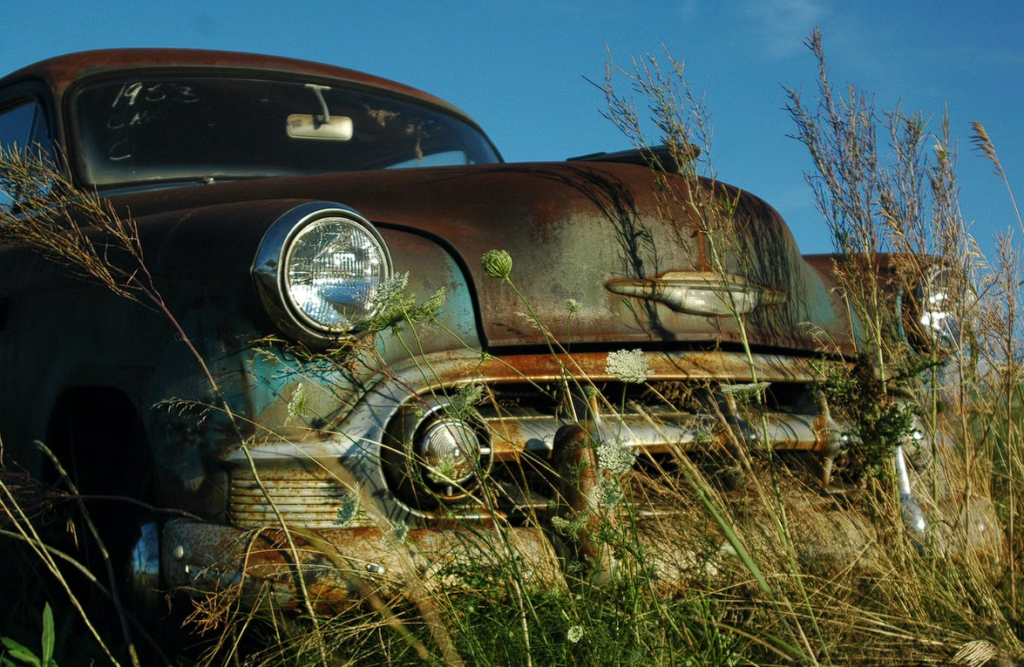Are you looking for more information on the different types of stills? Then, we're here to help! Distilling alcohol at home can be fun and rewarding, allowing you to craft your own unique spirits. In this guide, we will take a closer look at various types of stills and go over some introductory information to get you started on this exciting journey.
From pot stills to reflux columns and from alembic stills to turbo yeasts, there are many options out there with distinct benefits when it comes to making your favourite beverages. Whether you are an amateur distiller or a master practitioner, we have all the resources necessary for mastering the art of homebrewing high-quality liquors in even small batches.
So let's dive right in and learn about each type of still so that you can decide which one is best suited for your next project!
Enrich your taste journey today by coming down for an unforgettable tasting experience at Tar Barrel Mornington Brewery & Distillery!
Air Still
An easy-to-use, space-saving method of distilling 1 litre at a time of spirit with an alcohol-by-volume content of 40%, this stainless steel still is sleek and small. Distil the alcohol to a strength of sixty per cent. This system can be easily moved and operated from any kitchen, boat, or campervan because it works with a small fermenter that holds 10 litres.
- DIFFICULTY: Basic
- CAPACITY: 4 L
- TIME: 7- 10 day Fermentation Approx 2 hours distilling per 1 L of 40% alcohol
- YIELD: 2L of 40% ABV alcohol per 8L wash
- PURITY: Distils at 60% ABV before being watered down to 40%
Quick Guide To Distilling With The Air Still
- Wash: In the fermenter, combine water, sugar, carbon, and yeast to make a wash that is 8 litres in volume. Allow the mixture to sit and ferment for seven to ten days.
- The distillation process begins when you pour four litres of the fermented wash into the Air Still and turn it on. But, first, we shall gather 700 ml of the alcohol content at 60%.
- Reduce the strength of the alcohol from 60% to 40% by adding 300 ml of water, then filter the mixture. Employ a filter that is based on carbon to process the alcohol.
- Flavour - Enhance your booze by introducing your preferred spirits or liqueur essence.
- Continue the process with the remaining half of your wash, and then repeat.
Features
- Simple in terms of both operation and installation. Because it does not require any hoses or difficult setup, the Air Still can be utilised wherever and whenever it is desired, regardless of the user's level of expertise.
- Aesthetically pleasing and remarkably condensed style. Ideal for use as an instrument in your kitchen or elsewhere in your home on a regular basis.
- When operating, it does not use any water. The alcohol vapours can be cooled using the Air Still's effective internal fan, which eliminates the need for cooling water in the process.
- From four litres of wash, one litre of spirit with a 40% alcohol by volume can be distilled in two hours.
- Essences can be used to impart a variety of flavours into booze.
Turbo 500 (T500)
The T500 is the best still available for home distillation and is an absolute requirement for those who wish to make significant volumes of booze that is exceptionally clear and unadulterated. In addition, because the T500 enables you to recover an astounding 95% of the potential alcohol from the wash and generates a purity of up to 93%, it is the ideal base for flavouring into any type of spirit or liqueur that you choose.
- DIFFICULTY: Intermediate
- CAPACITY: 25L
- TIME: 3-10 Day Fermentation Approx 4.5 hours distilling time per 8 L of 40% alcohol
- YIELD: 8L of 40% per 25L wash. (NOTE: Calculation based on using the standard recipe of 6kg of sugar with Classic 6 Turbo Yeast)
- PURITY: Distils at 93% ABV alcohol before being watered down to 40%
Quick Guide To Distilling With The T500
- Wash: Either using sugar or Turbo Sugar and a Still Spirits Turbo Yeast, prepare a wash in the volume of 25 litres. Allow the mixture to ferment for three to ten days (based on the yeast selected).
- Distillation - After installing the T500, attach it to the source of your water. In the boiler section of the T500, place the wash, then switch on the still and water functions. While the temperature of the still remains between 55 and 65 degrees Celsius due to the constant flow of water, the fermented wash will warm up and reflux through into the column. Next, gather the alcohol in a container that is located outside.
- Filter and Dilute - To reduce the alcohol content from 93 to 50 per cent ABV, first dilute it with water, then filter it with a carbon filter.
- Flavour - Dilute alcohol furthermore to 40% ABV and enhance by introducing your favourite spirit or liqueur flavour.
Features
- The column is offered with a 304-grade stainless steel structure as an alternative to the more usual use of copper.
- Generates alcohol with a purity level of 93%.
- It can take as little as 4.5 hours to distil 25 litres of wash into 8 litres of spirit that has an alcohol by volume (ABV) content of forty per cent.
- Attaches to the sink in the kitchen, laundry room, or garden and employs a continuous stream of cold water, whereas the still is operating in order to keep temps at optimal levels and guarantee the highest possible quality of spirit.
- Add flavour with a variety of different essences.
Alembic Pot Still
Developed for the artisan distiller. The Alembic Condenser, Dome Top, and Still Spirits Boiler combine to create a pot still. This still is intended to keep and even improve the aromas that are present in the wash, in contrast to the T500, which is meant to remove all aromas from the wash. Ideal for use for distilling whisky, rum, and brandy washes in an attempt to create the spirit using traditional components, just like the experts do.
- DIFFICULTY: Advanced
- CAPACITY: 25 L
- TIME: 7-10 Day Fermentation. Approx 5 hours distilling time to distil 25L of fermented wash
- YIELD: 3.5 – 7 L of 40% ABV per 25 L wash
- PURITY: Distils at 70% ABV before being watered down to 40%
Quick Guide To Distilling With The Alembic Pot Still
- Wash - In order to prepare the wash, you will need to gather the customary components that are essential to the production of the spirit that you intend to distil.
- The stripping run involves preparing the pot still for operation and then putting the still through its paces for the first time.
- Spirit-run refers to the process of passing the spirit that has been gathered through an alembic pot still a second time in order to obtain various fractions or "cuts" of the spirit that has been gathered at various stages in accordance with the formula. This activity is referred to as the "spirit-run."
- Blend - Blend all of the components together in accordance with the recipe.
- Based on the type of spirit and the formula, you can either age the spirit on oak chips or on oak staves.
Features
- The traditional copper dome top of the still functions as a catalyst with the vapour in the still, improving and condensing the aromas in the wash.
- It is compatible with the T500 Boiler. Included in the package are a tubing set, a thermometer, and an adaptor for the tap.
- Excellent for distilling traditional spirits such as whisky, rum, and brandy.
- Compatible with Still Spirits Distillery Kits, which already include the necessary components for making the wash on their own.
- During the first distillation, it takes around 3 hours to obtain approximately 7 litres of spirit with an alcohol content of 70%, and during the second distillation, it takes an additional 2 hours. Approximately 3.5 litres of a 40% alcohol-by-volume product will be obtained from the second distillation.
When Should You Initiate Communication With The Person Who Will Build Your Still? The Sooner It Can Happen, The Better!
When people have questions or concerns, they frequently come to me first. In reality, all they are doing is attempting to discover out how they should get started and where they should go next. I'll put them in touch with experts who will assist them in working their way through it all. Suggest designers, engineering businesses, fire marshal specialists, and TTB professionals; in short, pretty much anything they require to get started.
Depending on the state in which the individual resides, I will frequently recommend that they enrol in the Moonshine University course. You will depart there with a notebook that contains all you require there, and this will save you ten times the amount of money that you paid there.
I will provide them with a list of distilleries that they can go see if they are unable to choose between a continuous and a batch process and require assistance in determining the appropriate size. I'll make an effort to locate anything in close proximity to them. I suggest that they go to the distillery and have a conversation with the proprietors. After that, they return back with a clear idea of what it is that they require.
They are able to observe it in operation and consult with the proprietor, after which they will comment to me, "I wish I had gone bigger, I wish I had never really purchased this, I wish I had gone this way." This is the most useful piece of guidance that you can give to them.
When customers enter through the door, a significant portion of the time, they have already made up their minds to purchase a continuous still. You should chat with these individuals, go on some excursions, and determine what it is that you require. They would benefit much from visiting various other distilleries before making their decision.
There is a delicate balance to be struck between building what you require and preparing for growth when it comes to economies of scale. Individuals are frequently the most costly portion of the production cost, as is the case with the majority of manufacturing facilities.
The distillation process is powered by the cooker, which acts as the primary heat source. It is the one that puts in the greatest effort and suffers the most abuse. We make an effort to size our cookers in such a way that they require turning once every four hours.
Therefore, it is possible to obtain five to six separate cooks out of a single cooker in a period of twenty-four hours. As you consider expanding from one shift to two or three shifts, consider whether or not the cooker can manage the increased workload. It is able to take in sufficient amounts of cooling water, it possesses a sufficient amount of square footage, and it generates sufficient quantities of steam.
What Should the Initial Step Be? Put Yourself on the Production Calendar, Place Your Equipment Orders, and Work Out the Look Later
To what degree of complexity do you wish your system to be? Because shipments can take anywhere from eight to twelve months, our order for copper must be made a significant amount of time in advance. Then, the primary component of the apparatus can be placed on order, and further discussions regarding the ancillary components, such as glass features, logo plates, kinetic spirit safes, and so on, can take place in the interim.
Australian Distilleries To Visit And Get Inspired
The Cape Byron Distillery may be reached by taking a cab for a reasonable price and travelling around fifteen minutes into the hills that are located behind Byron Bay. They provide three experiences that are totally special: tours of the distillery and the rainforest, supervised sampling sessions, and drink sessions.
When you are met with a Gin and Tonic decorated with native finger lime and aniseed myrtle, or when you see the Brook family farm and the restoration they have done on the site, you truly get a feeling of the area. It is a lovely area. There are relatively few distillery tours that include a little jaunt through the subtropical forest, where you can see, smell, and even touch the native rainforest herbs that are employed. It is engaging, tactile, amusing, and most importantly – whether it be the gin, liqueurs, or whisky – it is filled with tonnes of delicious things to enjoy.
Archie Rose Distillery should be at the very top of your to-do checklist if you're going to be in New South Wales or the surrounding area and checking out what Sydney has to offer.
If you are more interested in discovering new flavours and tastes than in learning about what happens behind the scenes, the existing bar located only three metres away from the stills is a good choice for you. The bar, which is flanked by a wall of whisky casks that are ageing, displays their whole collection of drinks, including a few goods that have not yet been launched, in addition to an amazing variety of regional craft beers and local cuisine. Copper, steel, oak, and concrete are just some of the materials that were used in the bar's design, making it the ideal setting for tasting, sipping, and savouring the on-site craft that was created.
Do you feel like doing something different with your afternoon? How about going on a short trail? There are a few distilleries located in close proximity to one another in Sydney, which makes for an enjoyable day trip. Hickston House is one of them. It is located in the soaring brickwork and girders of the old Saatchi & Saatchi garage.
is known for its ability to distil innovative spirits in the shadows of the Sydney Harbour Bridge. A short distance away is where you'll find Poor Tom's bar and "gin Hall," both of which accept walk-in customers and invite you to accompany them in drinking gin "to escape reality, remove the adornments of our identities, and then become someone else: to become "Poor Tom." Better bring water…
In the meantime, Brix Distillery is devoted entirely to rum, and in conjunction with their bar, they provide a variety of incredibly entertaining seminars and excursions on a weekly basis. You can also consider going to Kings Cross Distillery, which is situated at the crossroads of Darlinghurst Road and Macleay Street in Kings Cross.
It is said that the location was once occupied by a variety of clandestine businesses, including a casino that operated illegally during the 1960s, a salacious club, and a secret bookstore. The building allegedly featured hidden passageways and rooms where individuals could conceal themselves from the view of the authorities. Their vibrant past serves as the source of concept for their gins, which, when combined with a great drink, are sometimes followed by intriguing anecdotes.
Visiting the Four Pillars Gin distillery in the Yarra Valley is an hour well-invested if you possess a love for gin and are interested in learning more about the spirit. If you are travelling to Melbourne, consider making the journey. It is a site worthy of those who make an effort to come there, and the staff is well-versed in the art of conducting sampling in the appropriate manner.
A unique G&T will be waiting for you upon arrival, to be accompanied by a paddle tasting of 5 distinct award-winning gins, ranging from their Bloody Shiraz Gin to their Fresh Yuzu Gin, served in their exclusive Mezzanine. Take a tour of the stills, enjoy some meals, and be amazed as the gin is piped in straight from the distillery to the faucets at the bar. Indeed, you can get gin from the tap these days.
They are the pioneers of the craft distilling industry for a good reason: not only do they provide excellent customer service, but they also make amazing alcohol and are open and honest. It is a fantastic trip that inspires others to follow in its footsteps.
If you do not feel like leaving the city, Starward Distillery is far closer to the city's core than most other distilleries, and it is well worth the trip simply due to the sheer size and scope of their location near the port. In addition, industrial is not merely an aesthetic preference for Starward; rather, it permeates all aspects of their sound. As a result, you may anticipate a new mindset, experiencing and producing Australian whisky to be accompanied by the whirring and whispering hum of their stills in operation.
The fact that it is irreverent and avoids the ridiculous fetishisation of whisky was the aspect of the book that appealed to us the most. Instead, the author honed in on what we all appreciate most about the class, which is that it can be enjoyed by ANYONE. The bar offers both long and short cocktails, the tours are just the right amount of scholarly, and you depart having sampled some outstanding beverages while being informed that the current (more inclusive) era of whisky was long deserved.
A genuinely outstanding selection of gins may be found at the Kangaroo Island Spirits Distillery, which is located southwest of Adelaide. They are worth searching out because they have a cornucopia of herbs that are both distinctive and copious, and yet they are produced in a way that is sympathetic to what gin is all about, which is juniper. You get a perspective of the persistence that Kangaroo Island is based on by sampling it in the environment of where it is manufactured and where "persistence penetrates." In light of the fact that it does, in fact, originate from the ground up.
By participating in their mix-your-own-gin adventure, you will get the opportunity to sample both conventional and indigenous Australian herbal distillates in a single sitting. Not only will you walk out the door having gained new knowledge, but you will also have manufactured your very own bottle of gin, measuring 200 millilitres in capacity; this is a unique keepsake that nobody else can have.
Oh, and have we mentioned that they have begun stockpiling whisky and that several good personalities in the Scotch industry have lately joined the team...? Time to make reservations.
Frequently Asked Questions
Gin has less sugar and fewer calories than some other liquors. If you already consume alcohol, gin may be a slightly healthier option. Be careful with mixers, however. They can make the sugar content of your drink skyrocket.
In actuality, the general definition for craft spirits is that the spirit is handcrafted and normally produced by a small distillery that often uses locally sourced ingredients and materials.
A craft cocktail is an upscale version of a classic cocktail that takes more skill or craft to make. These drinks feature curated ingredients, go the extra mile with garnishes, and take a few extra minutes to prepare compared to a standard cocktail. They take the art of mixology to a whole new level.
Distillation and Reflux. As alcohol and water vapours rise from the pot, they enter the copper column where they "reflux" – the lighter alcohol vapours continue to rise, and the water falls back to the pot. The temperature of the column, and degree of reflux, control the quality and flavour of the distillate.
When distilling, a proofing hydrometer (also called a spirit hydrometer) is used by distillers to measure final alcohol content, which also indicates density but only involves a single measurement. The biggest difference between proofing and brewing hydrometers is the scale.

